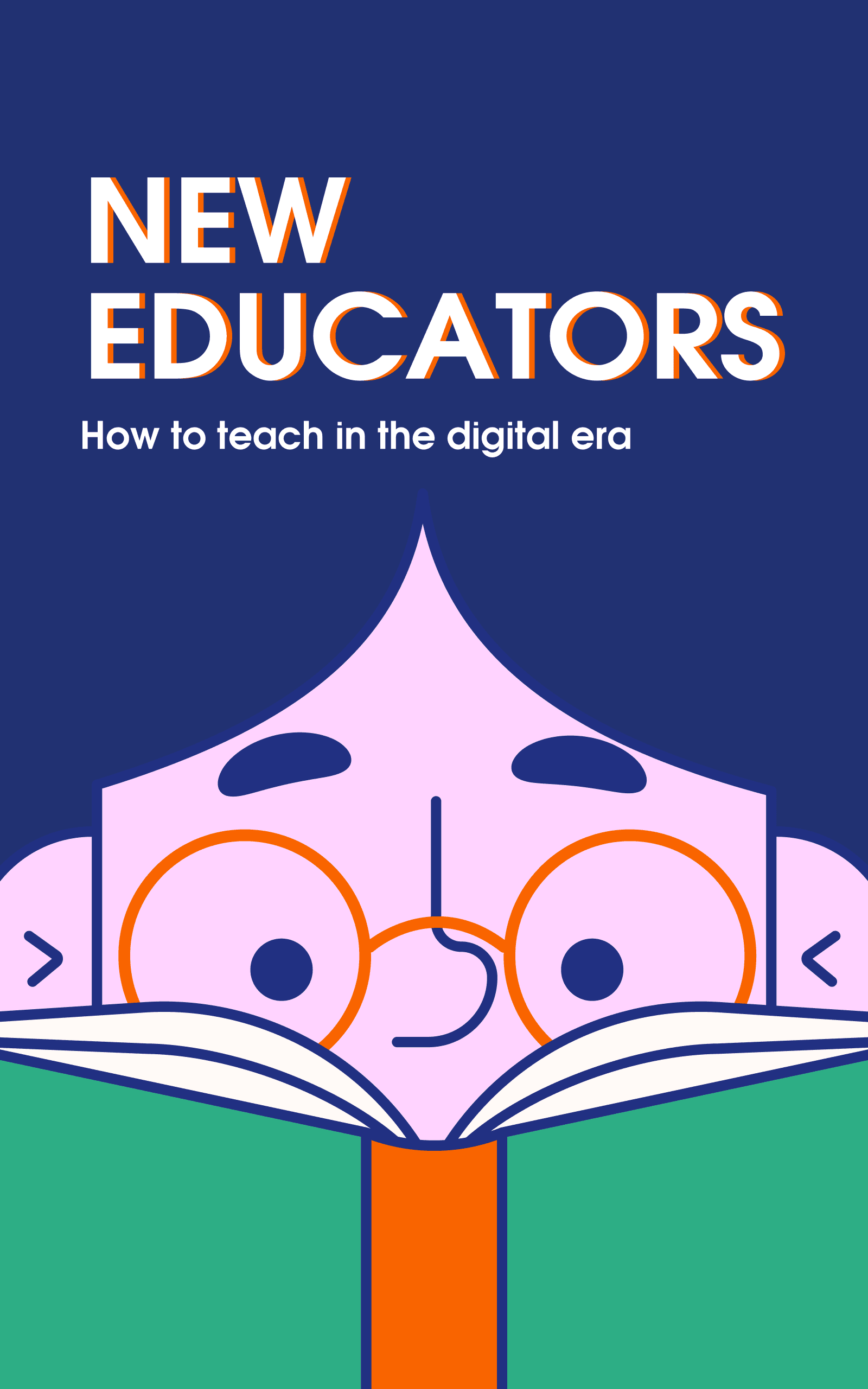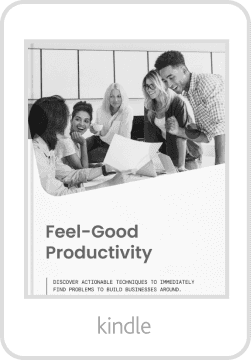


Kids
Kids
Kids



Published on September 2022
Color Accessibility Workflows
Now is a good time to shift to ethical design to get things right. But first we need to understand what ethical design actually means, then make the case for ethical design principles, and then introduce an ethical transformation roadmap. By adopting and embracing a new set of design principles



Ebook
$15.00
ePUB, Kindle, PDF.
hardcover
$30.00
Quality hardcover
BOOK CHAPTERS
With code walkthroughs, hands-on examples and common gotchas
introduction
The need for ethics in design
This section outlines some core consequences of unethical design, and it also explores some of the existing ethical design frameworks and introduces the notion of ethical transformation.
We dive into dark patterns, GDPR and existing ethical solutions. You will understand the challenges we are bound to face when embarking onto an ethical transformation.

introduction
The need for ethics in design
This section outlines some core consequences of unethical design, and it also explores some of the existing ethical design frameworks and introduces the notion of ethical transformation.
We dive into dark patterns, GDPR and existing ethical solutions. You will understand the challenges we are bound to face when embarking onto an ethical transformation.

introduction
The need for ethics in design
This section outlines some core consequences of unethical design, and it also explores some of the existing ethical design frameworks and introduces the notion of ethical transformation.
We dive into dark patterns, GDPR and existing ethical solutions. You will understand the challenges we are bound to face when embarking onto an ethical transformation.

Chapter 1
Creating positive change
This chapter explores how a positive change can be introduced in companies, teams and processes, including how to challenge decisions, ethical team governance and bridging ethics with risk assessment.
We’ll explore how to use a risk matrix to discover ethical design opportunities and what questions to ask to challenge decisions. You will also learn about the ethical governance model and how to develop one.

Chapter 1
Creating positive change
This chapter explores how a positive change can be introduced in companies, teams and processes, including how to challenge decisions, ethical team governance and bridging ethics with risk assessment.
We’ll explore how to use a risk matrix to discover ethical design opportunities and what questions to ask to challenge decisions. You will also learn about the ethical governance model and how to develop one.

Chapter 1
Creating positive change
This chapter explores how a positive change can be introduced in companies, teams and processes, including how to challenge decisions, ethical team governance and bridging ethics with risk assessment.
We’ll explore how to use a risk matrix to discover ethical design opportunities and what questions to ask to challenge decisions. You will also learn about the ethical governance model and how to develop one.

chapter 2
Respect-driven design
This chapter discusses and challenges how to involve users in projects, and it includes guidelines on how to design for the must vulnerable. Finally, it highlights some business perspectives of human-centered design.
You will learn how to integrate human-centered approach into your workflow, and how to involve users more in your work process, as well as core accessibility techniques, and key ways to design with ethics for children.

chapter 2
Respect-driven design
This chapter discusses and challenges how to involve users in projects, and it includes guidelines on how to design for the must vulnerable. Finally, it highlights some business perspectives of human-centered design.
You will learn how to integrate human-centered approach into your workflow, and how to involve users more in your work process, as well as core accessibility techniques, and key ways to design with ethics for children.

chapter 2
Respect-driven design
This chapter discusses and challenges how to involve users in projects, and it includes guidelines on how to design for the must vulnerable. Finally, it highlights some business perspectives of human-centered design.
You will learn how to integrate human-centered approach into your workflow, and how to involve users more in your work process, as well as core accessibility techniques, and key ways to design with ethics for children.

chapter 3
The business of ethical design
Let’s dive into business. We establish why ethical design works as a business concept, and how we can use the traditional ways of measuring success to measure the impact of ethical design.
We’ll learn to use road-map planning, what KPIs (Key Performance Indicators) to use for ethical design, and we introduce The Ethical Design Scorecard, a tool to assessing the ethical level of products, business and practices.

chapter 3
The business of ethical design
Let’s dive into business. We establish why ethical design works as a business concept, and how we can use the traditional ways of measuring success to measure the impact of ethical design.
We’ll learn to use road-map planning, what KPIs (Key Performance Indicators) to use for ethical design, and we introduce The Ethical Design Scorecard, a tool to assessing the ethical level of products, business and practices.

chapter 3
The business of ethical design
Let’s dive into business. We establish why ethical design works as a business concept, and how we can use the traditional ways of measuring success to measure the impact of ethical design.
We’ll learn to use road-map planning, what KPIs (Key Performance Indicators) to use for ethical design, and we introduce The Ethical Design Scorecard, a tool to assessing the ethical level of products, business and practices.

chapter 4
Ethical design best practices
This chapter provides a set of practical guidelines on how to design good cookie disclaimers, and terms and conditions and how to handle data collection ethically. It also provides a set of specific examples of how to design user interfaces with ethical design in mind.
You’ll learn how to move towarads trustworthy design, how to design ethical user interfaces, and the book also provides an extensive amount of blueprints as data models for digital products.

chapter 4
Ethical design best practices
This chapter provides a set of practical guidelines on how to design good cookie disclaimers, and terms and conditions and how to handle data collection ethically. It also provides a set of specific examples of how to design user interfaces with ethical design in mind.
You’ll learn how to move towarads trustworthy design, how to design ethical user interfaces, and the book also provides an extensive amount of blueprints as data models for digital products.

chapter 4
Ethical design best practices
This chapter provides a set of practical guidelines on how to design good cookie disclaimers, and terms and conditions and how to handle data collection ethically. It also provides a set of specific examples of how to design user interfaces with ethical design in mind.
You’ll learn how to move towarads trustworthy design, how to design ethical user interfaces, and the book also provides an extensive amount of blueprints as data models for digital products.

chapter 5
Design ethical user interfaces
Recently we’ve started seeing a shift in user perception. People are increasingly fighting back against tracking, manipulation, overwhelming advertising and ambiguous interfaces. There is a growing expectation of transparency and respect. Failure to meet these expectations is regulated by law, in the form of GDPR and CCPA, as well as the press and the people taking it to social media.

chapter 5
Design ethical user interfaces
Recently we’ve started seeing a shift in user perception. People are increasingly fighting back against tracking, manipulation, overwhelming advertising and ambiguous interfaces. There is a growing expectation of transparency and respect. Failure to meet these expectations is regulated by law, in the form of GDPR and CCPA, as well as the press and the people taking it to social media.

chapter 5
Design ethical user interfaces
Recently we’ve started seeing a shift in user perception. People are increasingly fighting back against tracking, manipulation, overwhelming advertising and ambiguous interfaces. There is a growing expectation of transparency and respect. Failure to meet these expectations is regulated by law, in the form of GDPR and CCPA, as well as the press and the people taking it to social media.


































Elevate
Your Mind, Body, Soul, & Spirit
